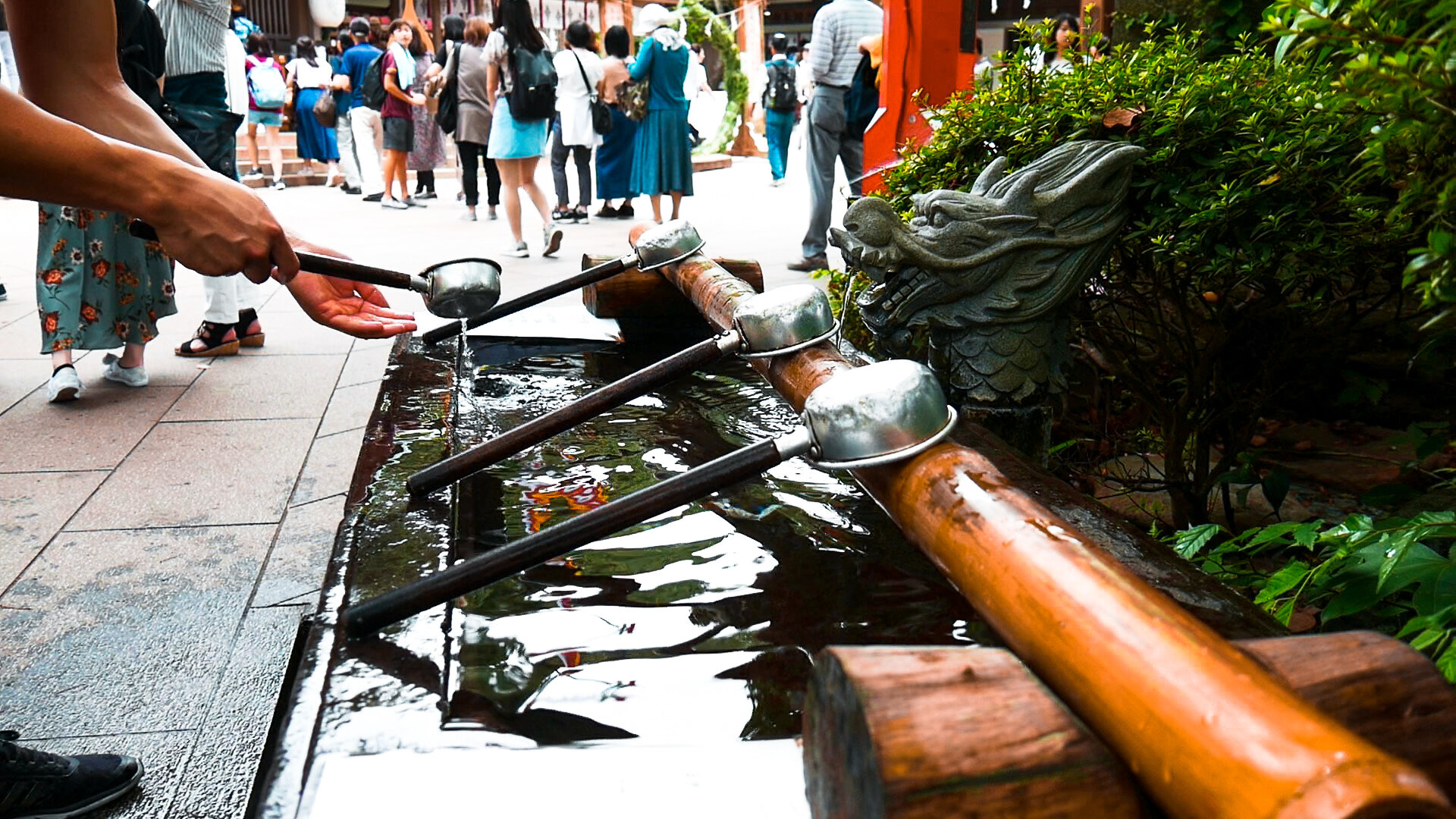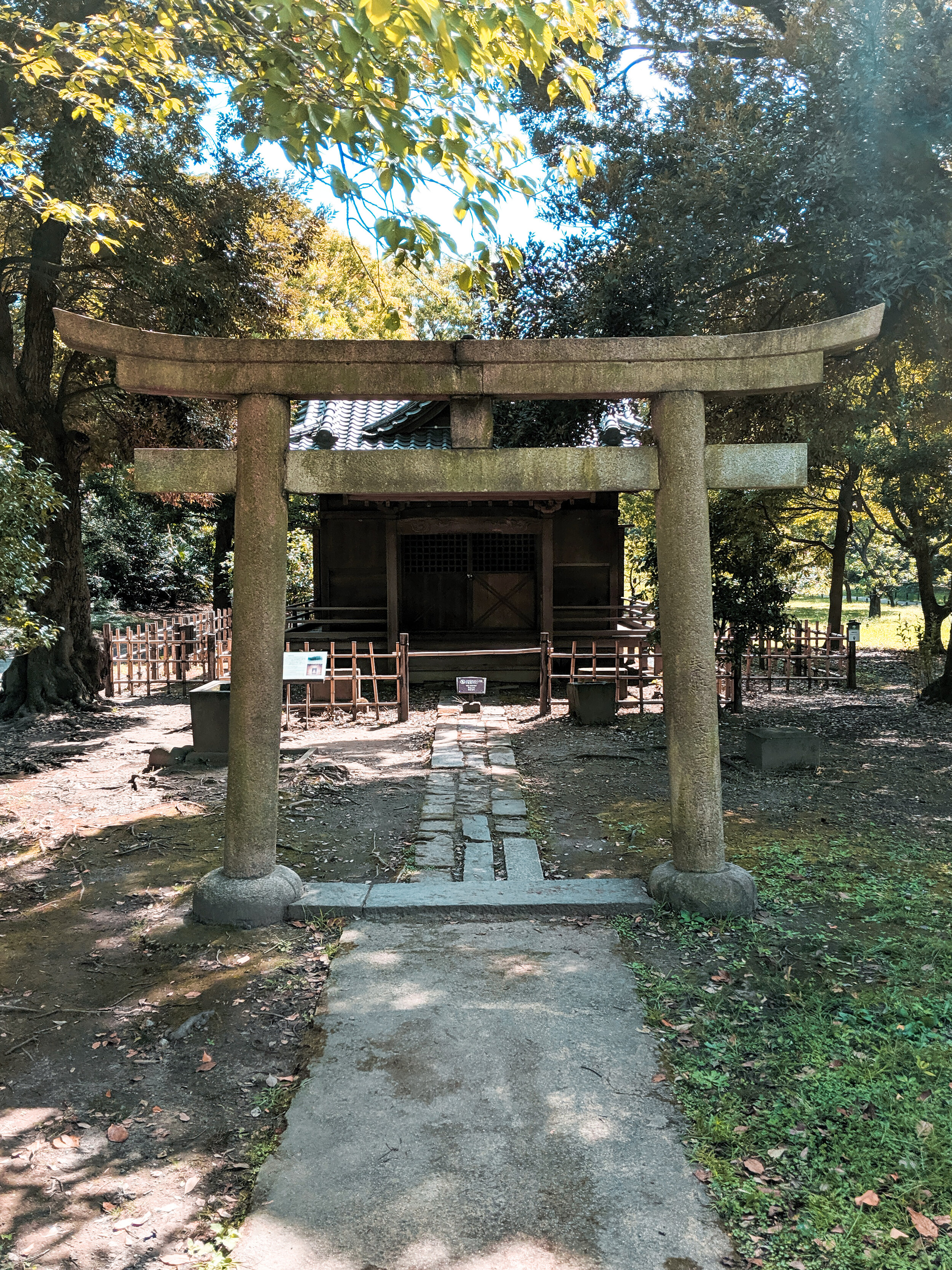Often times, most restaurants in Japan will give you an oshibori as soon as you sit down. An oshibori is a hot or cold small towel (nowadays restaurants might just use one-time wipes) used to clean your hands before you eat. It is a common hospitality practice in Japan. So, if you receive a small towel at a restaurant and don’t know what to do with it, simply clean your hands with them, and then neatly fold them next to you to use throughout your meal if your hands get dirty again!
Towel form of oshibori
Wrapped one time use oshibori



















